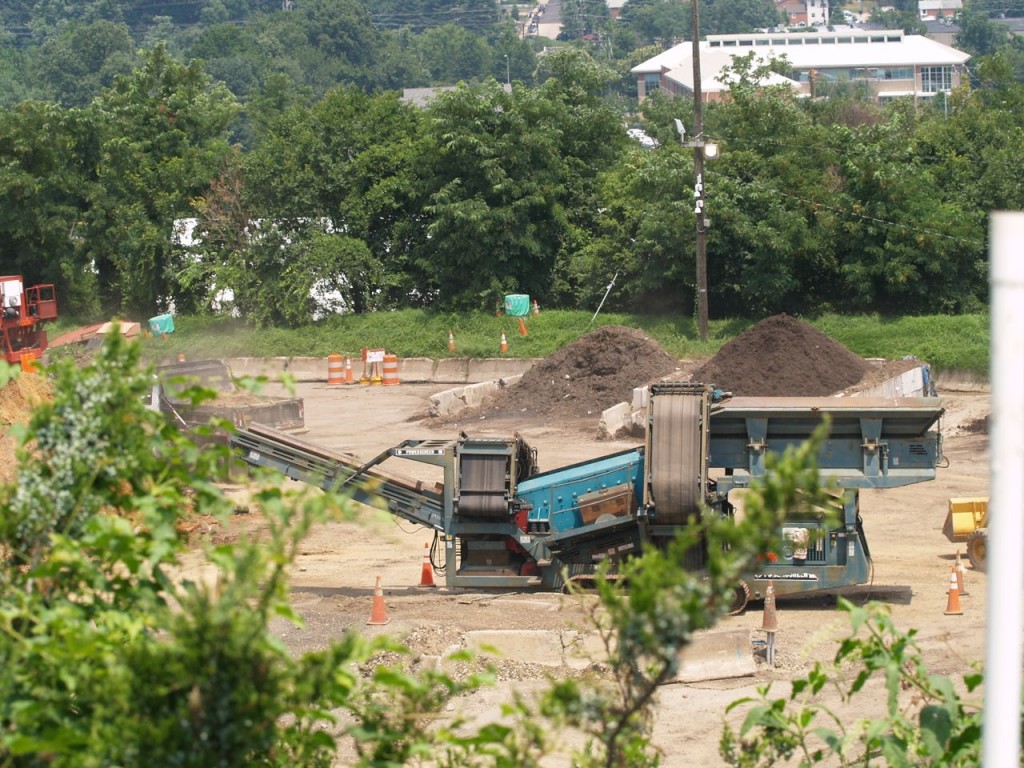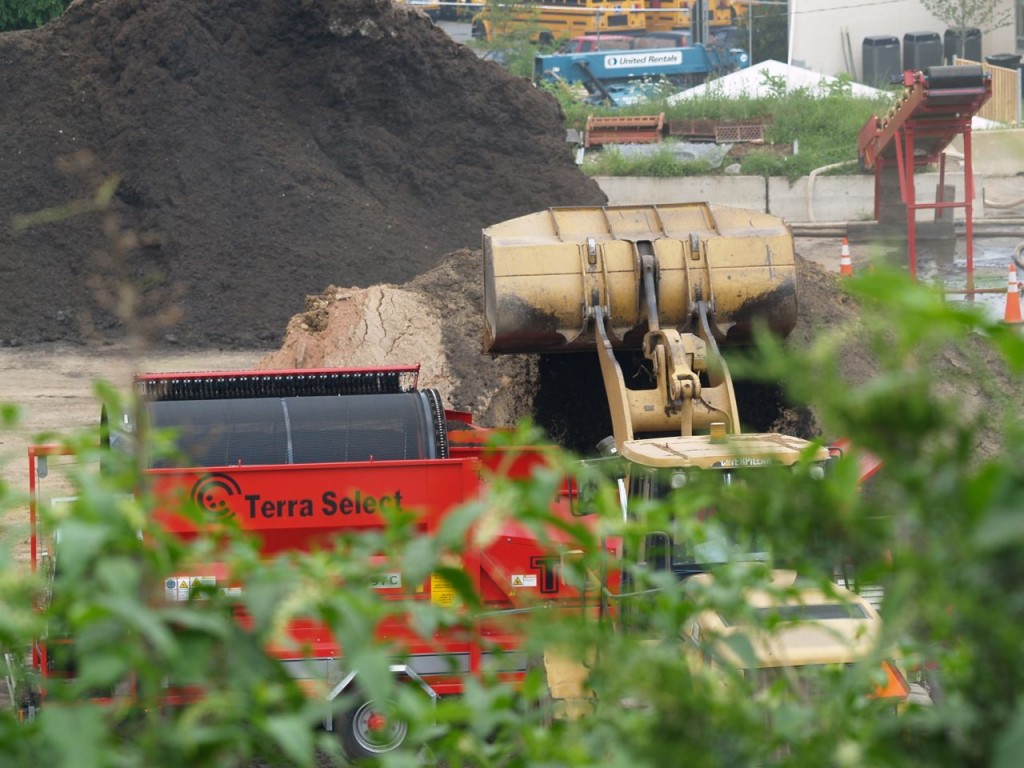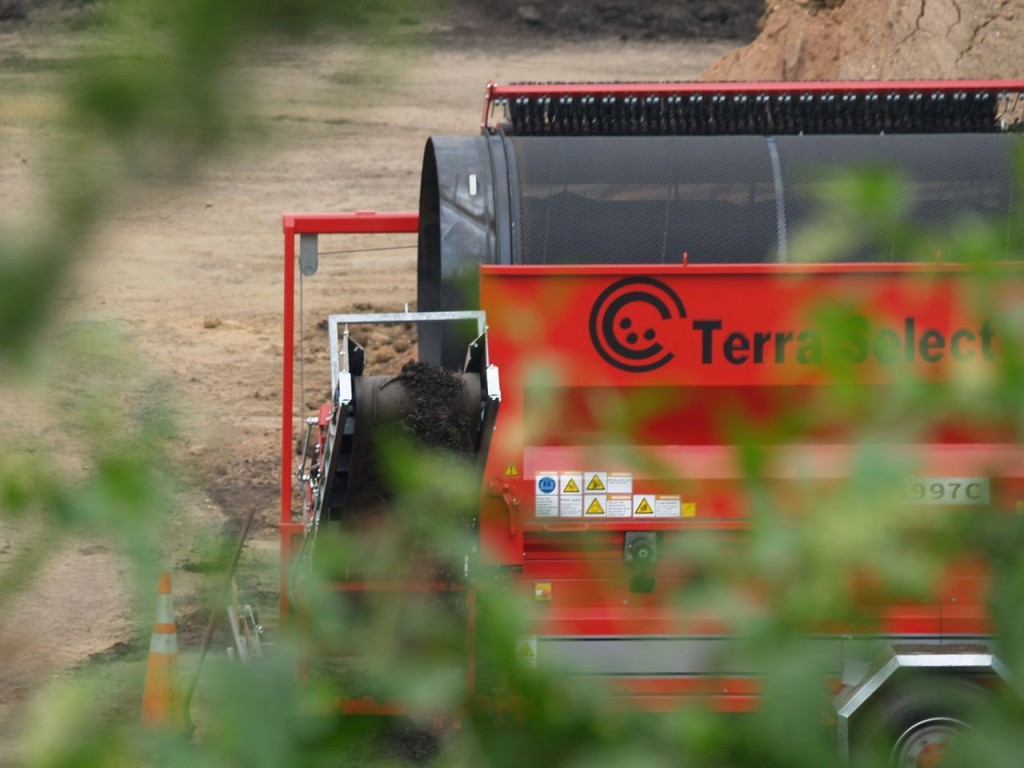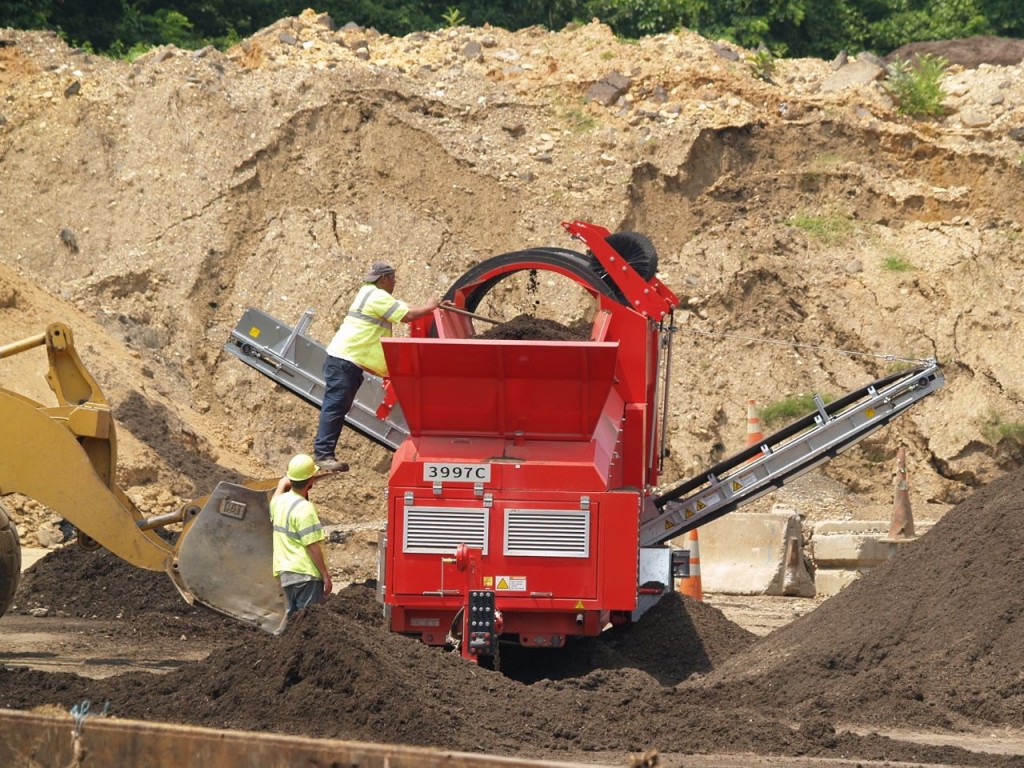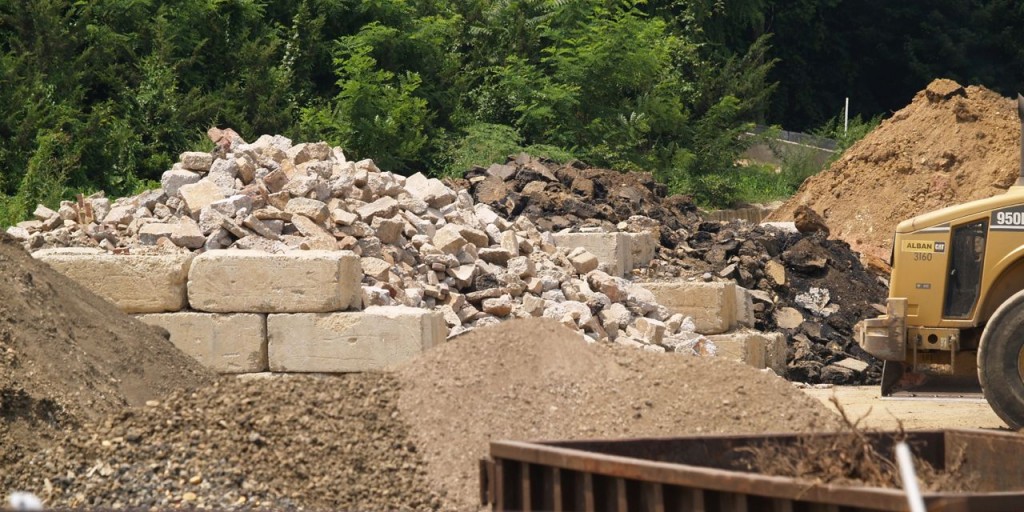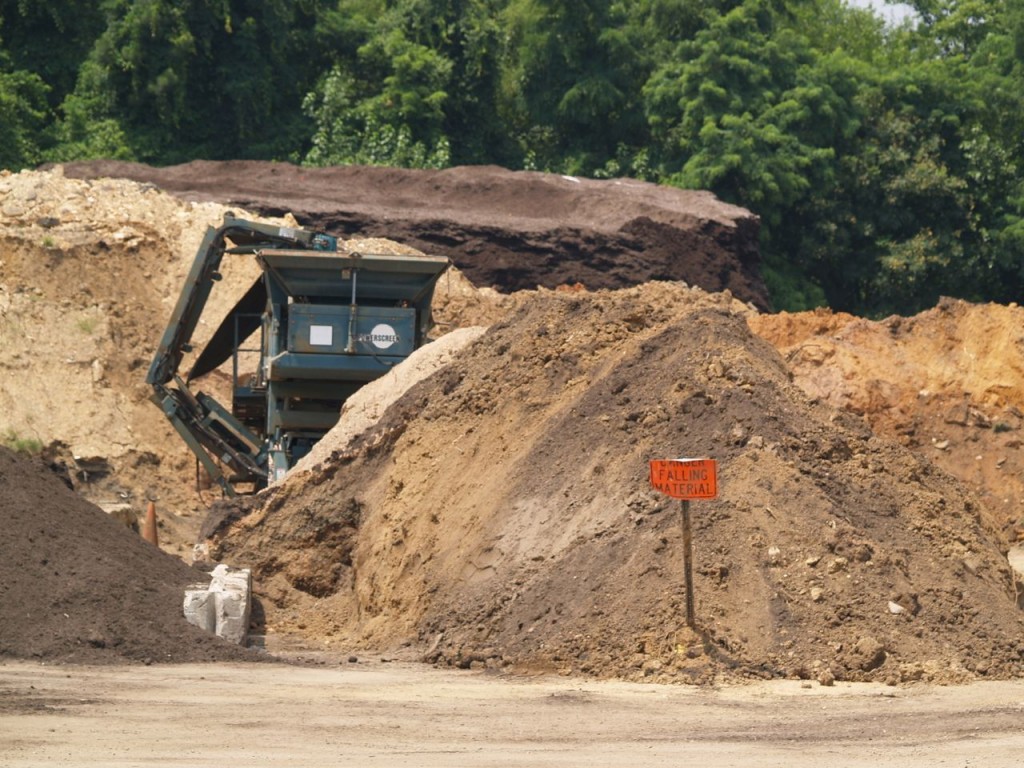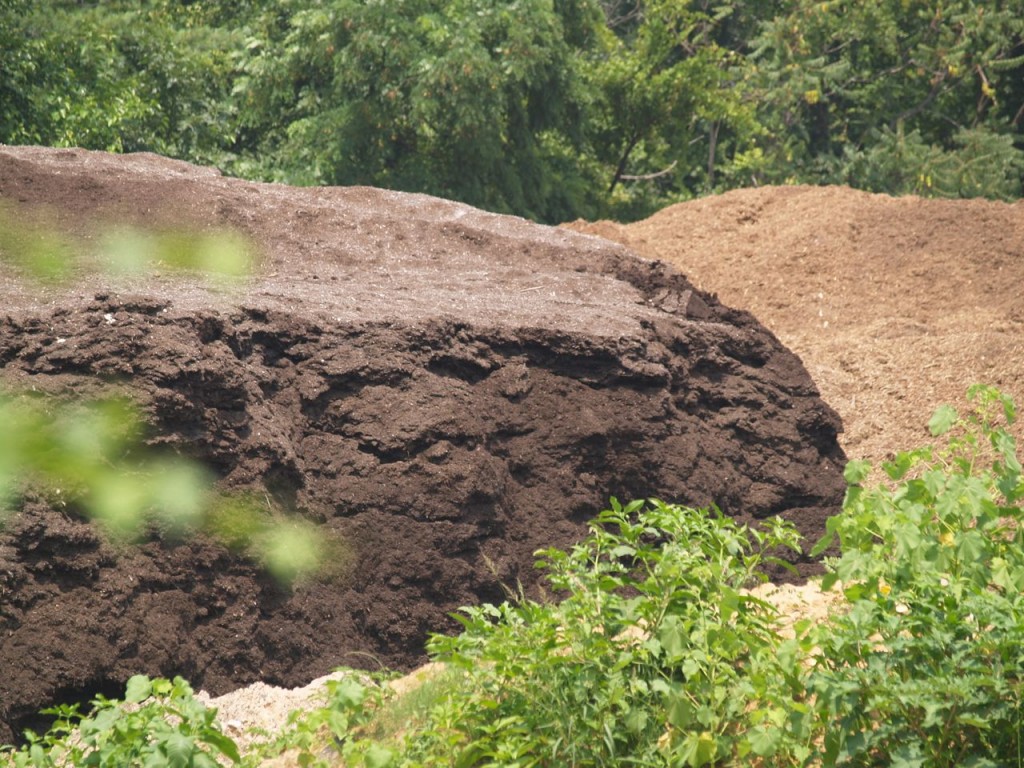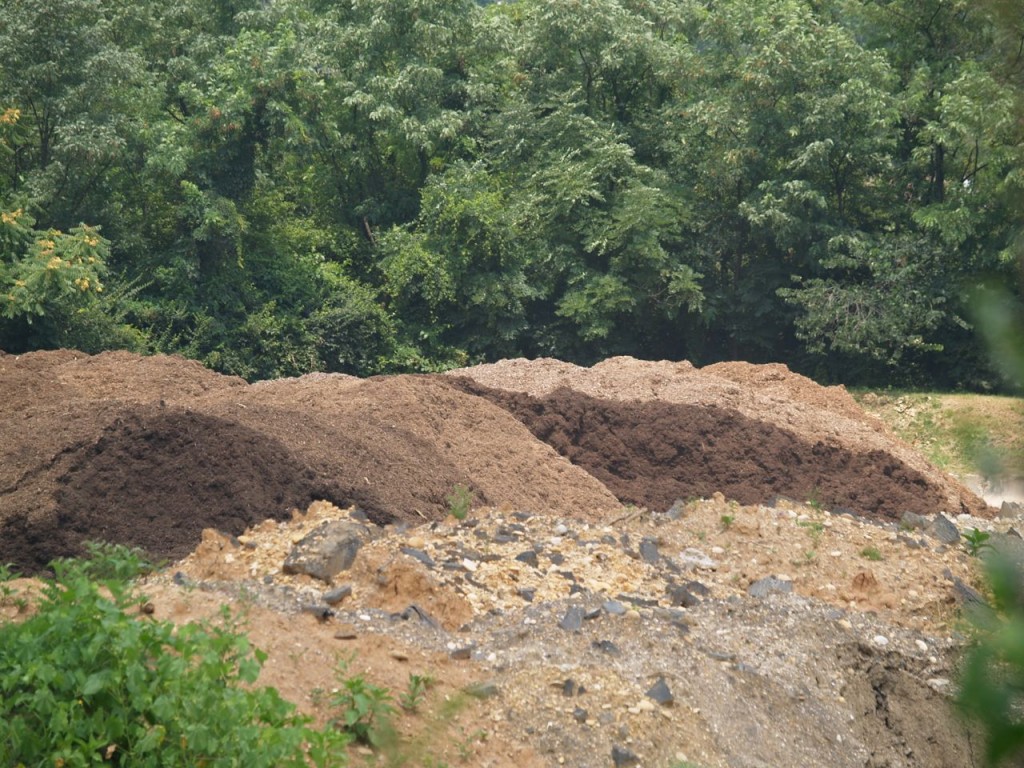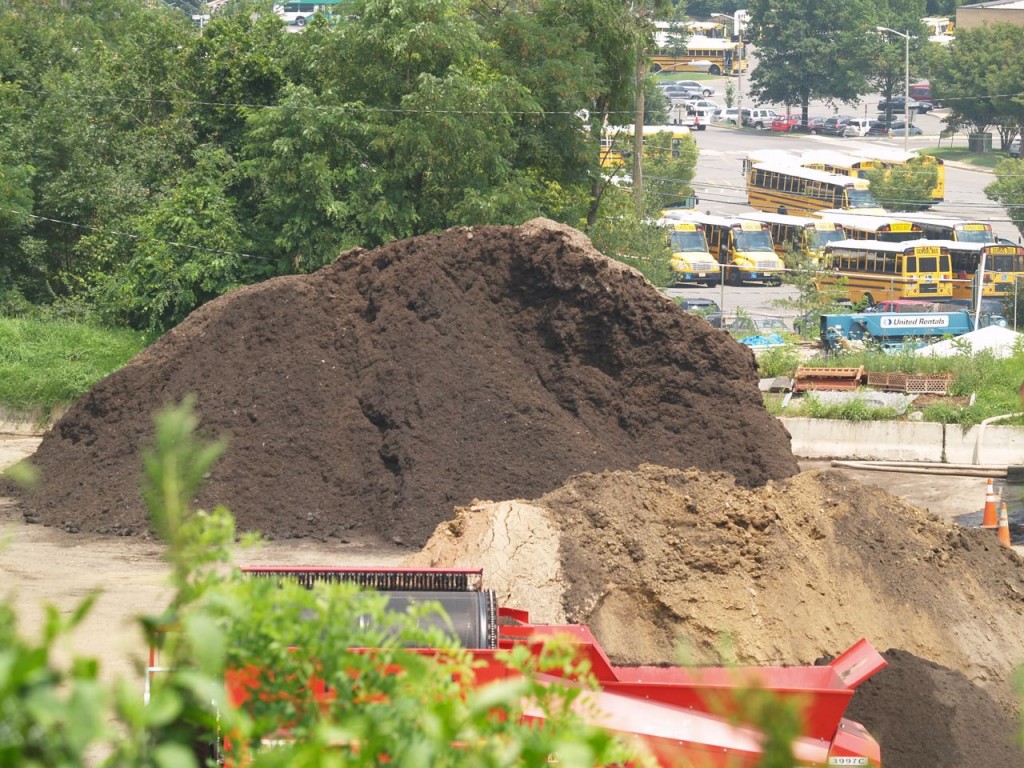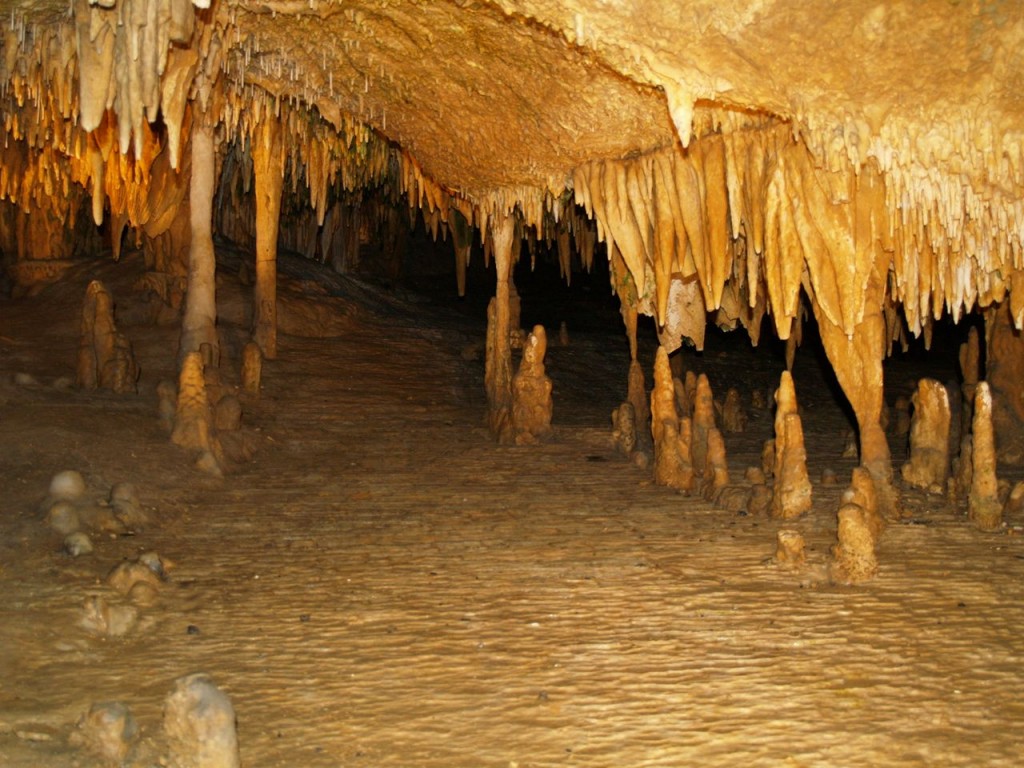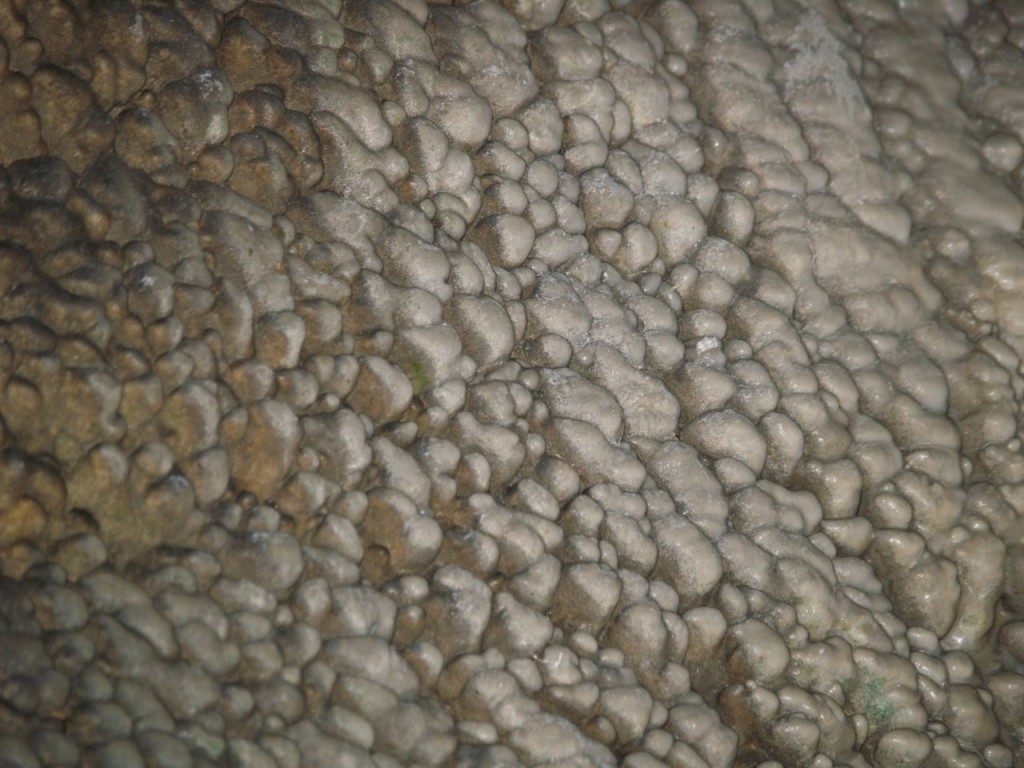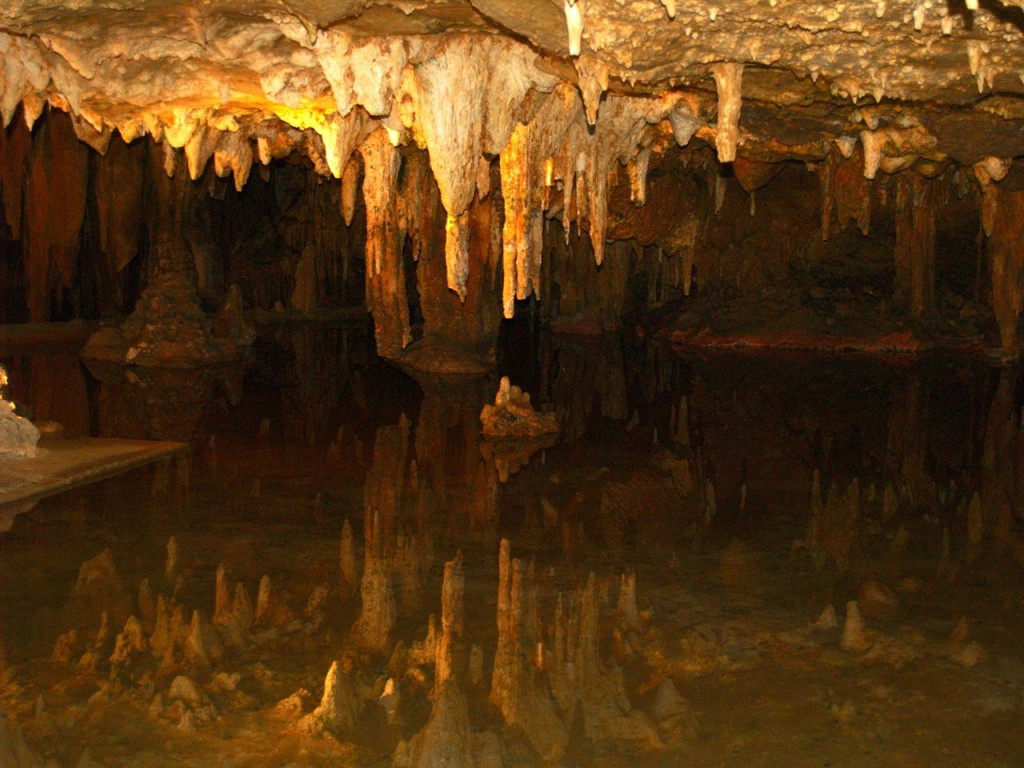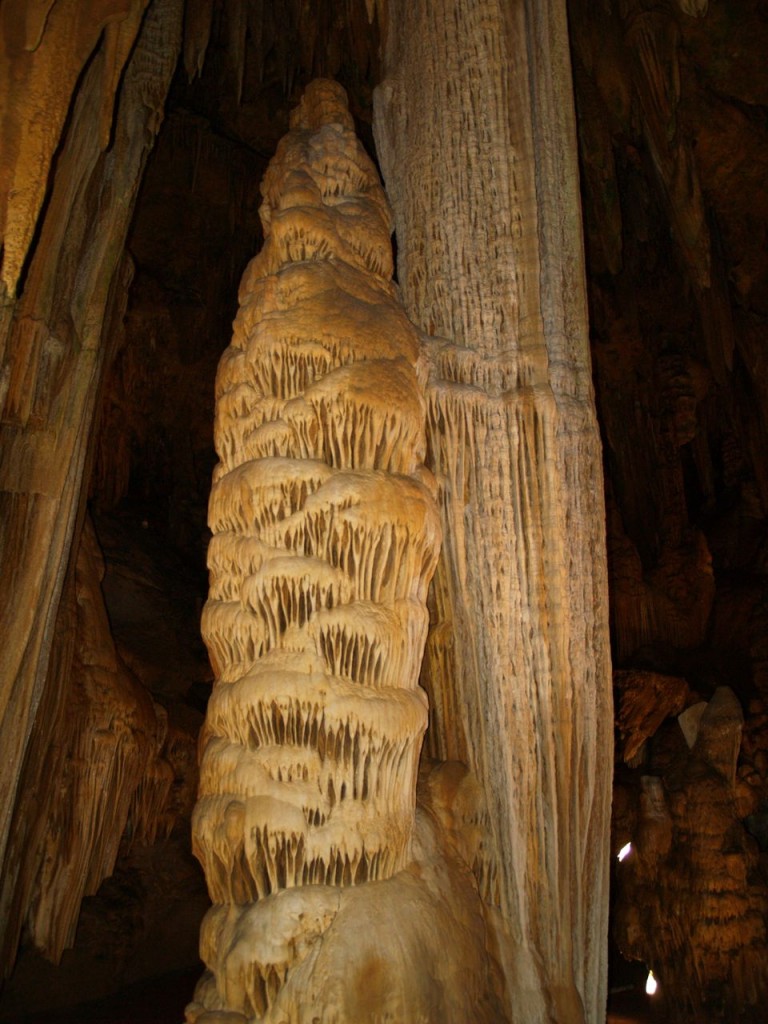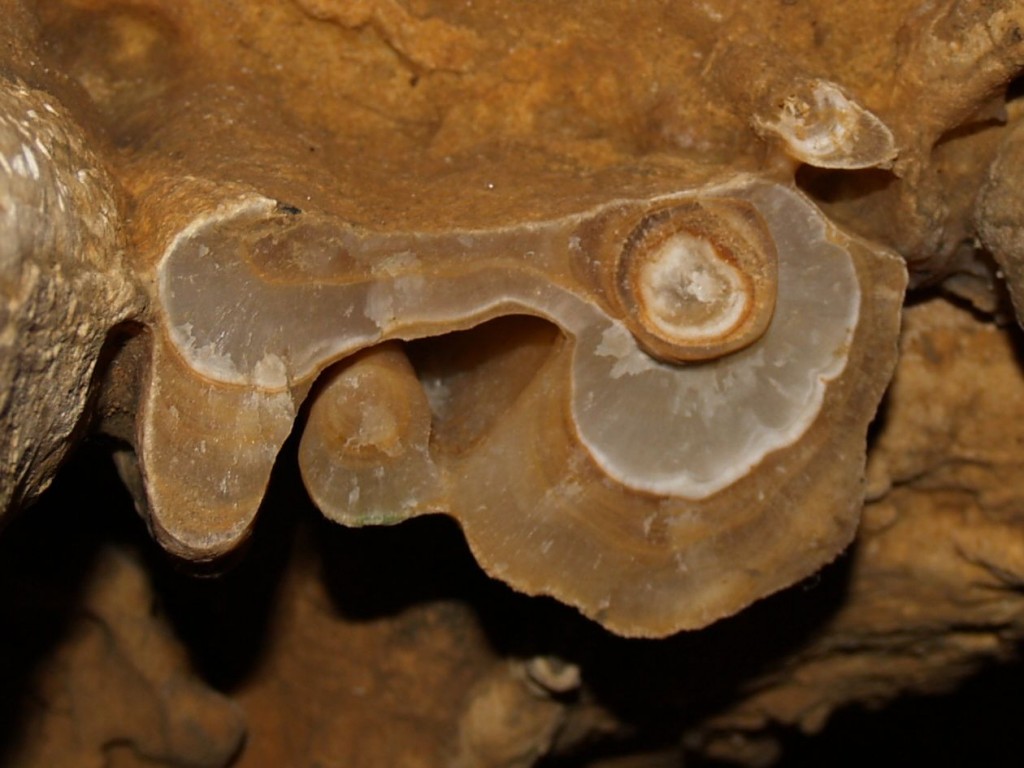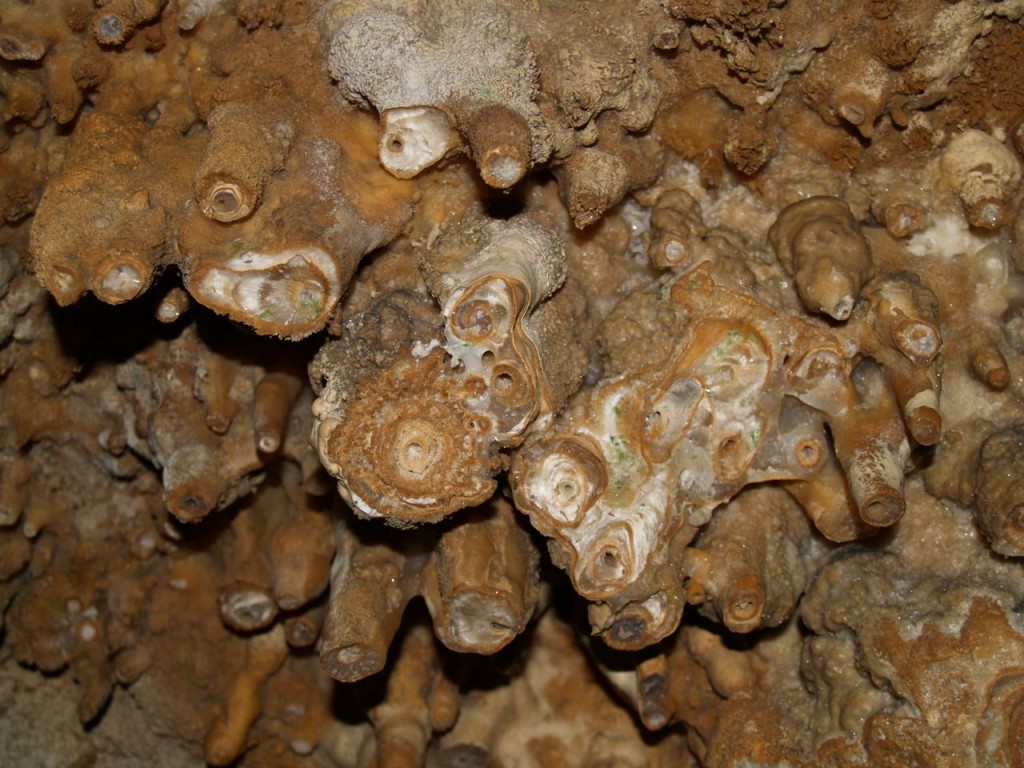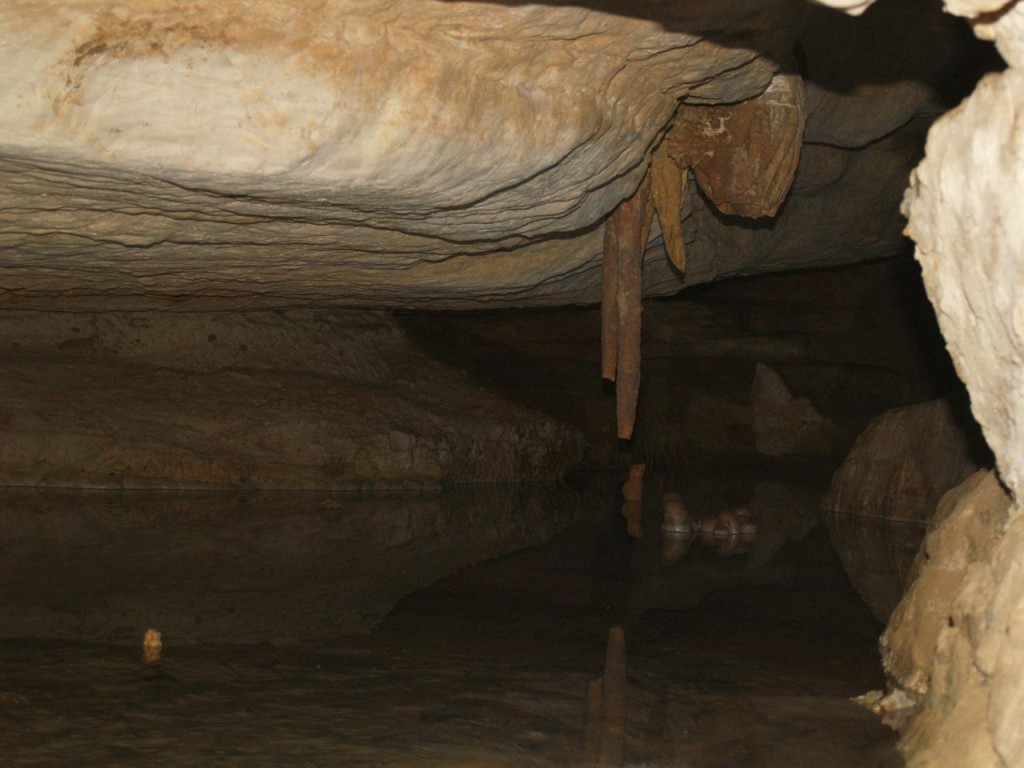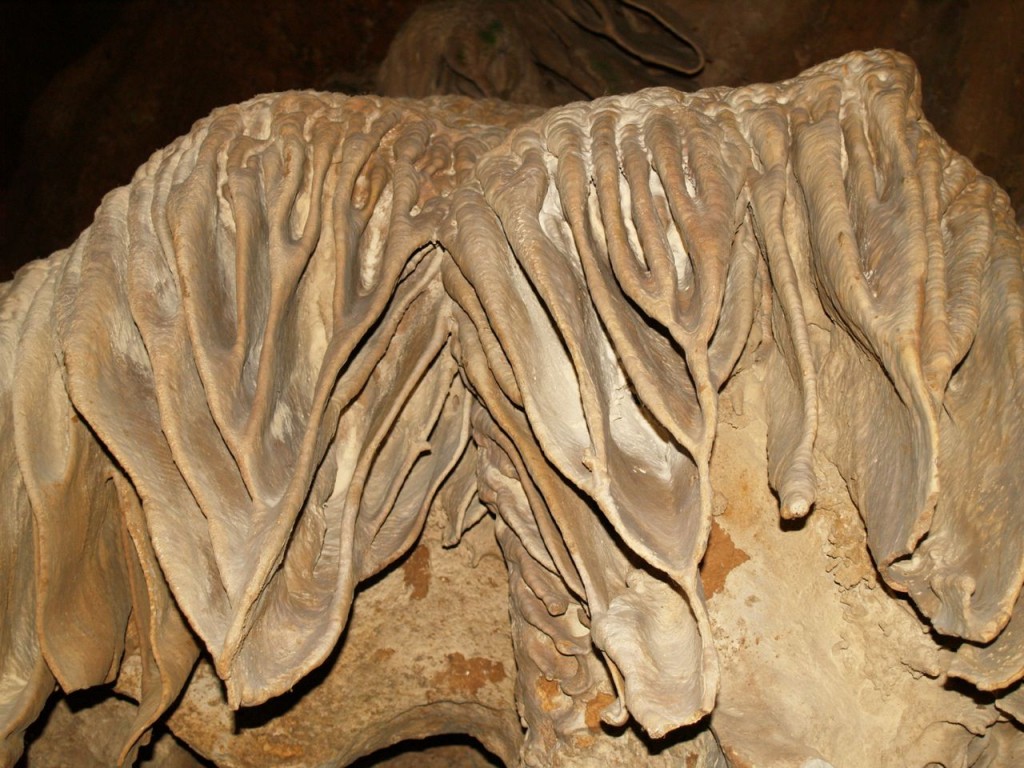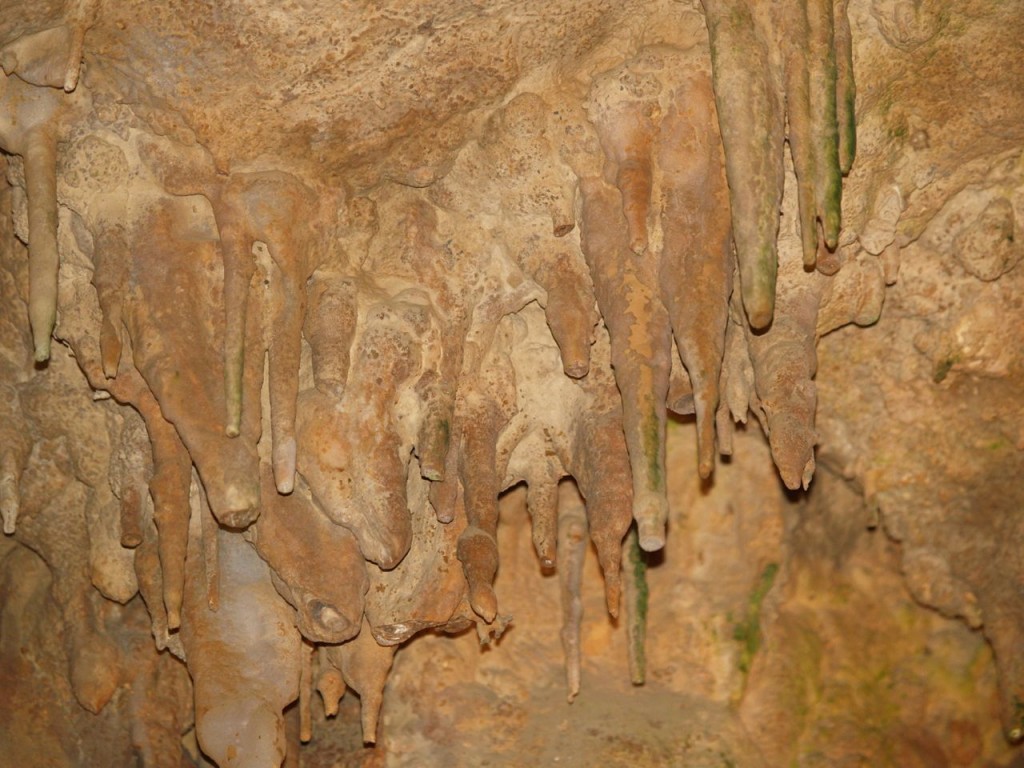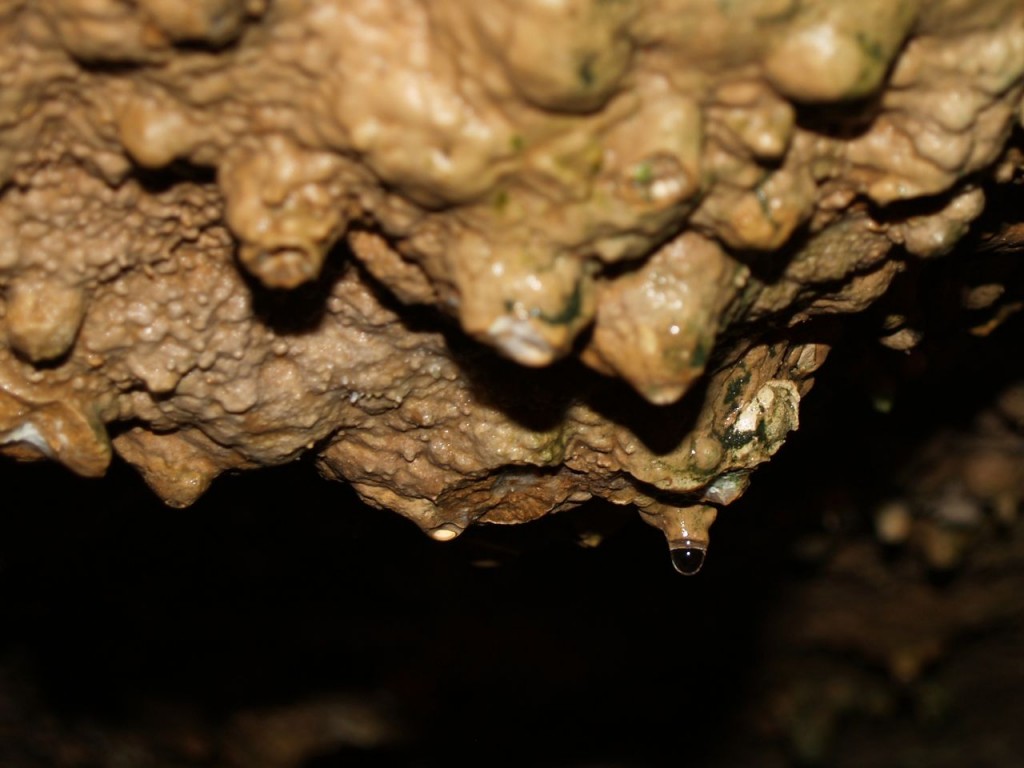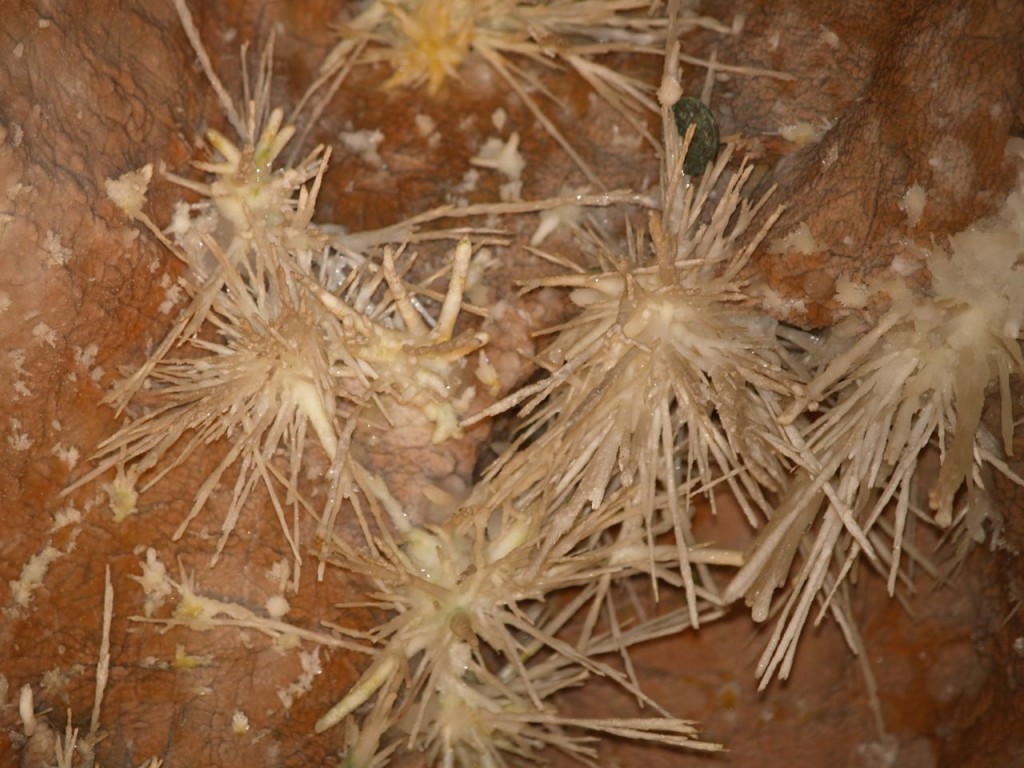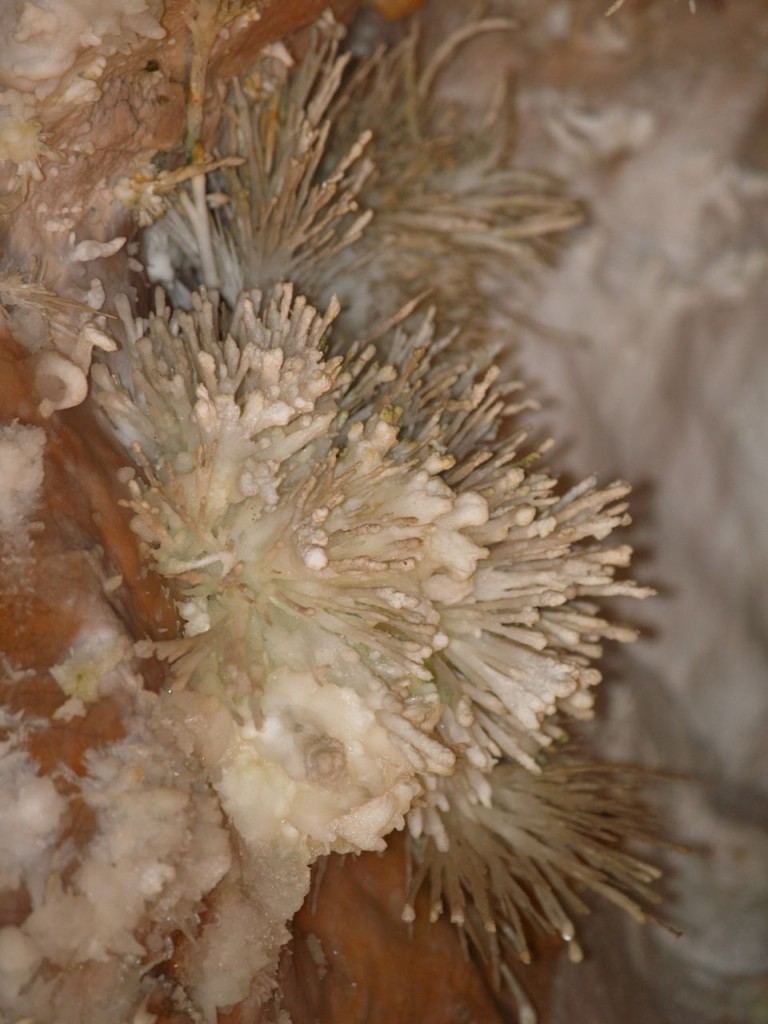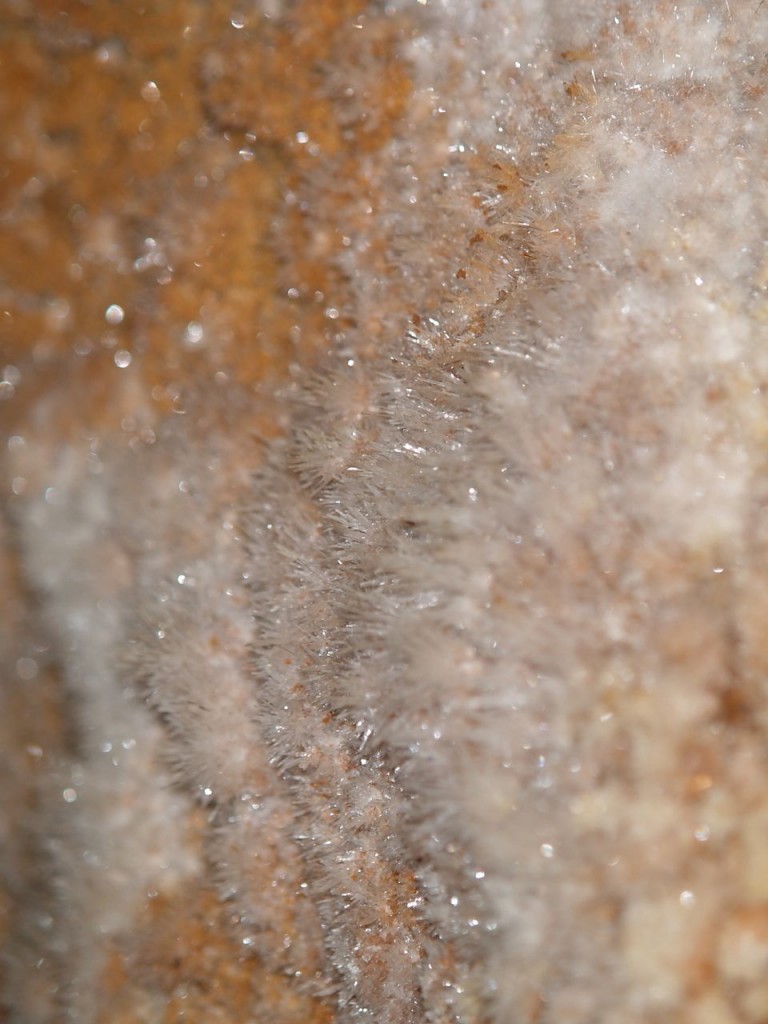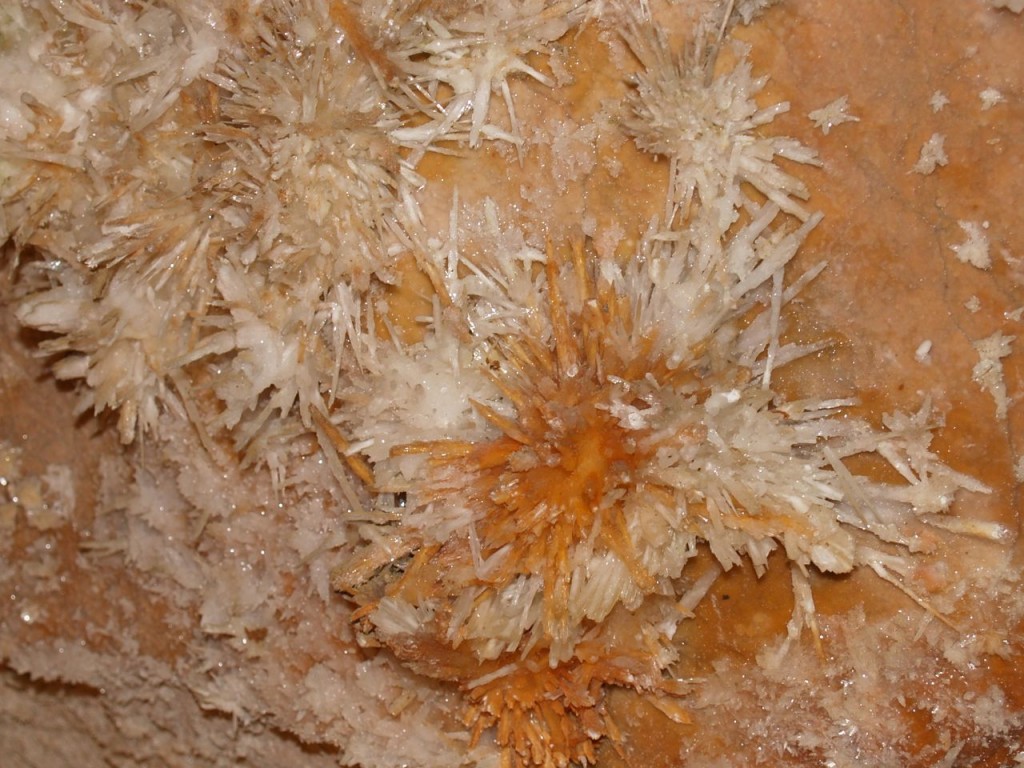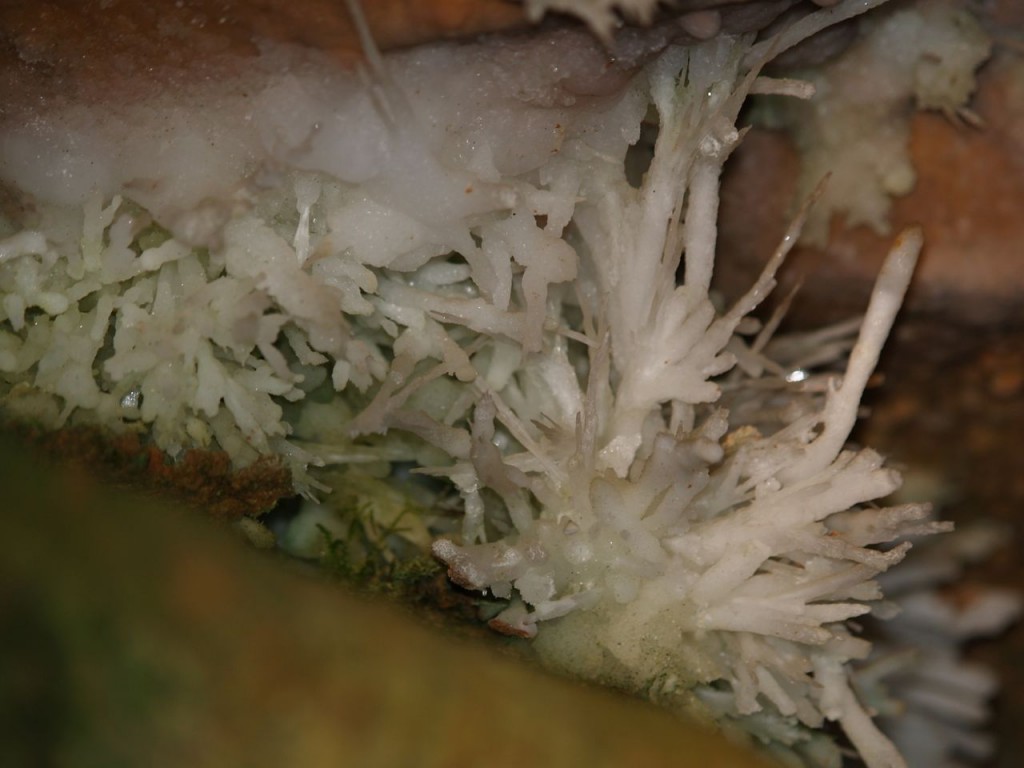An article was recently published in Slate about Johnson & Johnson reformulating its baby shampoo to remove formaldehyde. The article discussed how some people’s somewhat misguided fears about a known carcinogen, formaldehyde, caused its removal from baby shampoo, when in reality if you are worried about carcinogenic exposure to formaldehyde, baby shampoo should be the least of your concern. As the article’s author, Tara Haelle, correctly points out, formaldehyde is a naturally occurring substance. It is produced in normal atmospheric reactions and when wood burns, both during natural forest fires and human caused fires. It is also produced during anthropogenic activity from numerous industrial processes and petroleum fueled combustion, i.e. cars, ships, airplanes (Salthammer et at. 2010).
I have a few issues with this article, however. First, it states “high enough doses of inhaled formaldehyde can cause cancer, leading OSHA and the EPA to set limits for safe exposures.” Second, it quotes two chemists who say in different ways that the toxicity of a chemical is related to its dose or the amount of exposure, and it essentially states that formaldehyde only causes cancer in high doses. Finally, it completely fails to mention another reason why formaldehyde may have been removed that has nothing to do with cancer.
The problem I have with the second point, is that formaldehyde is a carcinogen, and the toxicological theory with carcinogens, is that exposure to one molecule of a carcinogen can theoretically cause cancer, depending on the carcinogen’s mode of action. With non-carcinogens, it is appropriate and scientifically accurate to say that the dose makes the poison. There are substances that to be healthy you need in some dose, but exposure to too high of doses can lead to detrimental health effects, for example iron and a whole bunch of metals. There are others that you don’t need at all, but you can be exposed to a certain dosage with no ill effects. However, with carcinogens depending on the mode of action for the carcinogenicity, it is believed that there is no safe level of exposure. In theory, all it takes is one molecule to cause a cell to multiply out of control and cause cancer. This is where the carcinogenic mode of action is important. The carcinogenic mode of action refers to how a particular carcinogen actually causes cancer to be initiated. If, for example, a carcinogen’s mode of action is mutagenicity, like radiation, then exposure of any dose can potentially cause the effect that leads to cancer. Thus, there is considered to be absolutely no safe level of exposure to that carcinogen. Each additional exposure increases your risk of getting cancer. However, there are other carcinogenic modes of action, and carcinogens with certain other modes of action would be considered to have a exposure threshold below which no cancer would occur.
So what about formaldehyde? What is its mode of action for carcinogenicity? Is there a safe level of exposure below which there is no risk of cancer? In the US, that appears to be in debate. This brings me to my next point. It is misleading, and in my opinion just plain legally and scientifically incorrect, to state that OSHA and EPA set limits for safe levels of exposure. The EPA has calculated formaldehyde’s Inhalation Unit Risk (IUR) for cancer to be 1.3 x10-5 per µg/m3. “EPA estimates that, if an individual were to continuously breathe air containing formaldehyde at an average of 0.08 µg/m3 (8.0 x 10-5 mg/m3) over his or her entire lifetime, that person would theoretically have no more than a one-in-a-million increased chance of developing cancer as a direct result of breathing air containing this chemical.” The word “increased” is important. It means that it is already assumed that there will be a certain number of cancer cases, and this concentration would cause additional cases above background. Furthermore, EPA states that for calculation of cancer risk from formaldehyde exposure, a linear approach with a multistage procedure due to additional risk at higher concentrations should be used. A linear approach means that any exposure causes a cancer risk with each exposure increasing the risk, and the multistage procedure means that high concentration exposure causes risk to increase at a greater rate. A linear approach is the more conservative method with carcinogens and is normally used when there is not enough scientific evidence to devise a threshold or a different risk method. With that being said, EPA is currently reviewing its toxicity assessment for formaldehyde, and it is possible when that assessment if finalized, EPA will change it cancer risk approach. With respect to OSHA, they have set an permissible exposure limit (PEL) at 0.75 parts formaldehyde per million parts of air (ppm) as an 8-hour time weighted average. The reasoning behind this level is complex, but in part, they state “this PEL represents OSHA’s best judgment of the exposure limit, along with the ancillary provisions, necessary to eliminate a significant risk of harm to employees.” The phrase “significant risk” is in there because their calculations, like the EPA’s, involve uncertainty and probabilities. They are not stating that below the PEL there is no risk, it is just not as significant. Neither OSHA or EPA is stating that below some level of exposure, formaldehyde will not give you cancer. They are stating it unlikely or insignificant compared to a background cancer risk. Below the set levels, the risks are really low, but they still exist.
Back to the baby shampoo. I do, in fact, agree with the point of the article that formaldehyde in baby shampoo is not a concern for cancer. However, I would not state it will not cause cancer. I would state that possible formaldehyde exposure in baby shampoo is highly unlikely to cause cancer. An additional point, which is not in the article, is that formaldehyde is not readily absorbed through the skin, and the amount of volatilization of formaldehyde, which could then be inhaled, from baby shampoo is likely to negligible.
With all that being said, I don’t necessarily agree that removal of formaldehyde from baby shampoo is a case of chemophobia and an overblown reaction by a company. It is possible that Johnson & Johnson removed formaldehyde not because of cancer concerns but because formaldehyde is a known sensitizer and allergen. Many skin care products contain formaldehyde or formaldehyde-releasing preservatives, which include quaternium-15, diazolidinyl urea, DMDM hydantoin, imidazolidinyl urea, bronopol, and tris nitro. While only a small percentage of people have a sensitivity or allergy to formaldehyde, for those that do, it is safest to avoid any exposure. Whether or not baby shampoo containing formaldehyde could cause a person to actually develop a sensitivity or allergy is another subject.
I have no idea why Johnson & Johnson actually decided to remove formaldehyde from baby shampoo, other than that it was a business decision. However by removing formaldehyde, regardless of any cancer concerns, there is now a small but real percentage of potential consumers who can buy their baby shampoo without concern of skin reactions due to their formaldehyde sensitivity or allergy. Thus assuming there is another safer preservative that can be used in place of formaldehyde, its removal would seem, to me at least, to be a good business decision, as they have increased their customer base to people with certain skin sensitivity and allergies.


